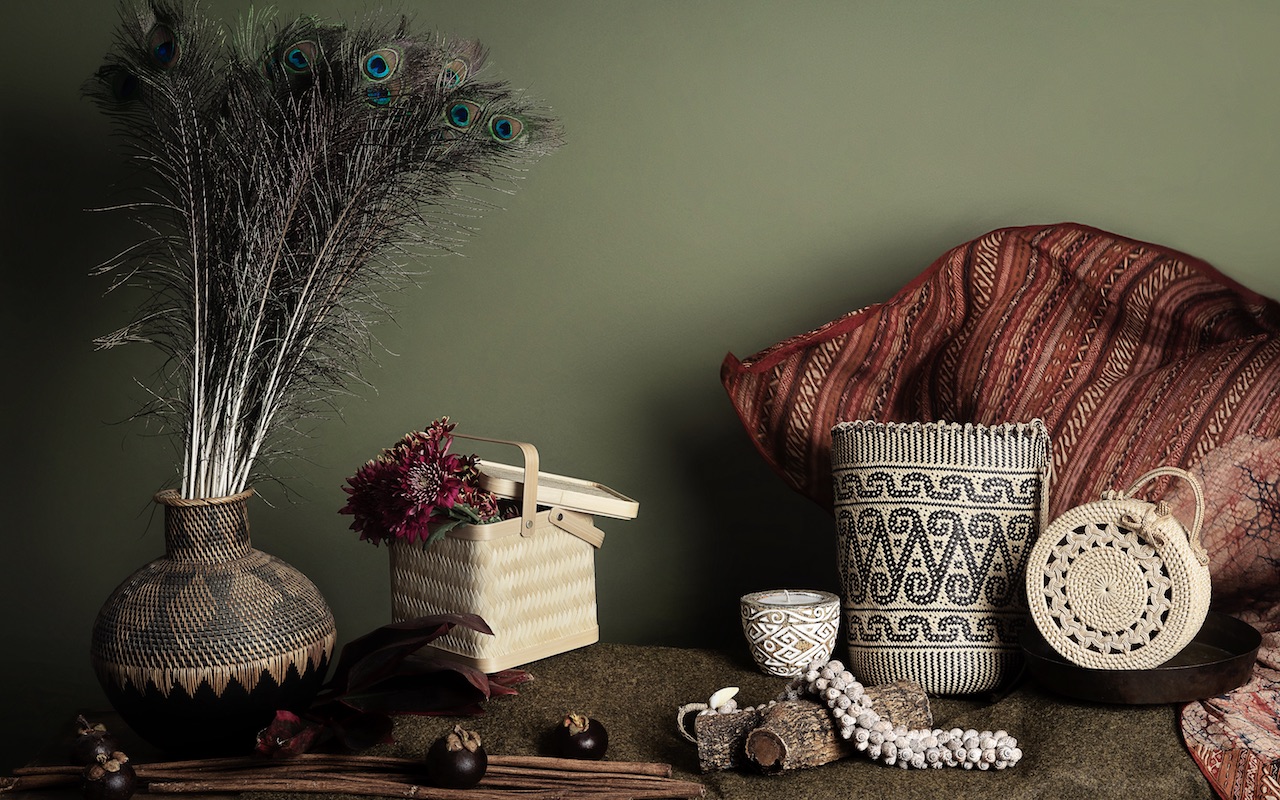
1. Weaving
Despite the introduction of plastic, rattan remains a popular choice for making baskets, floor coverings and storage containers all across Indonesia. Rattan grows easily and quickly, and its flexibility and strength make it an ideal material for weaving. The indigenous Dayak of Kalimantan (Indonesian Borneo) produce an astonishing array of intricately detailed products, all woven by hand. Most villages in Central Kalimantan have their own weaving collectives, usually dominated by women. r
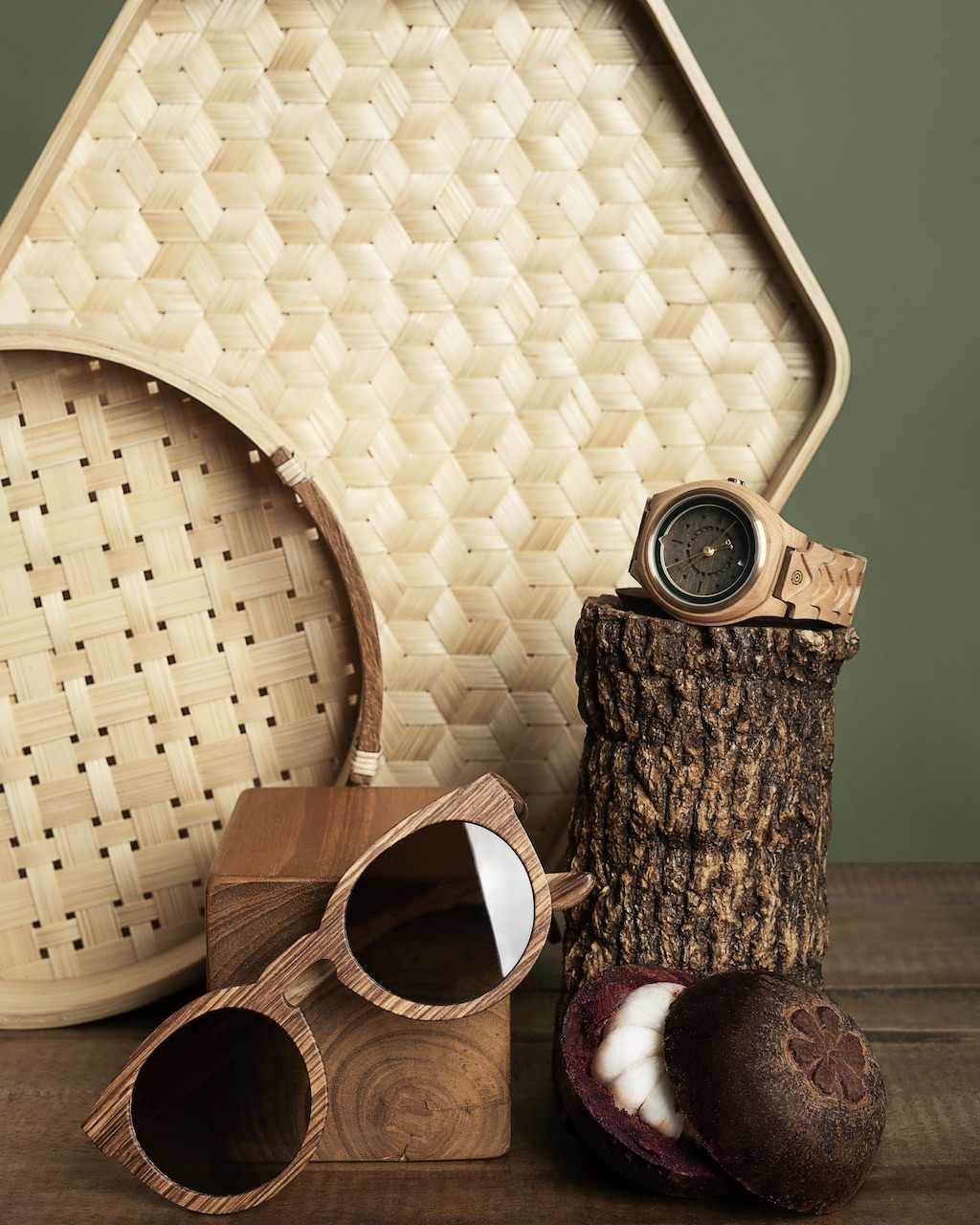
2. Bamboo
Perhaps one of the world’s most fascinating materials, bamboo is sturdy enough to be used as construction scaffolding. Artisans across Indonesia are now making an array of modern products from this fast-growing plant, from kitchen utensils to watches and bicycles to entire houses. In Ubud, Bali, the material is popular for its environmental friendliness. Visit the Green Village or join an intensive 11-day course at Bamboo U to learn about its many uses in construction.
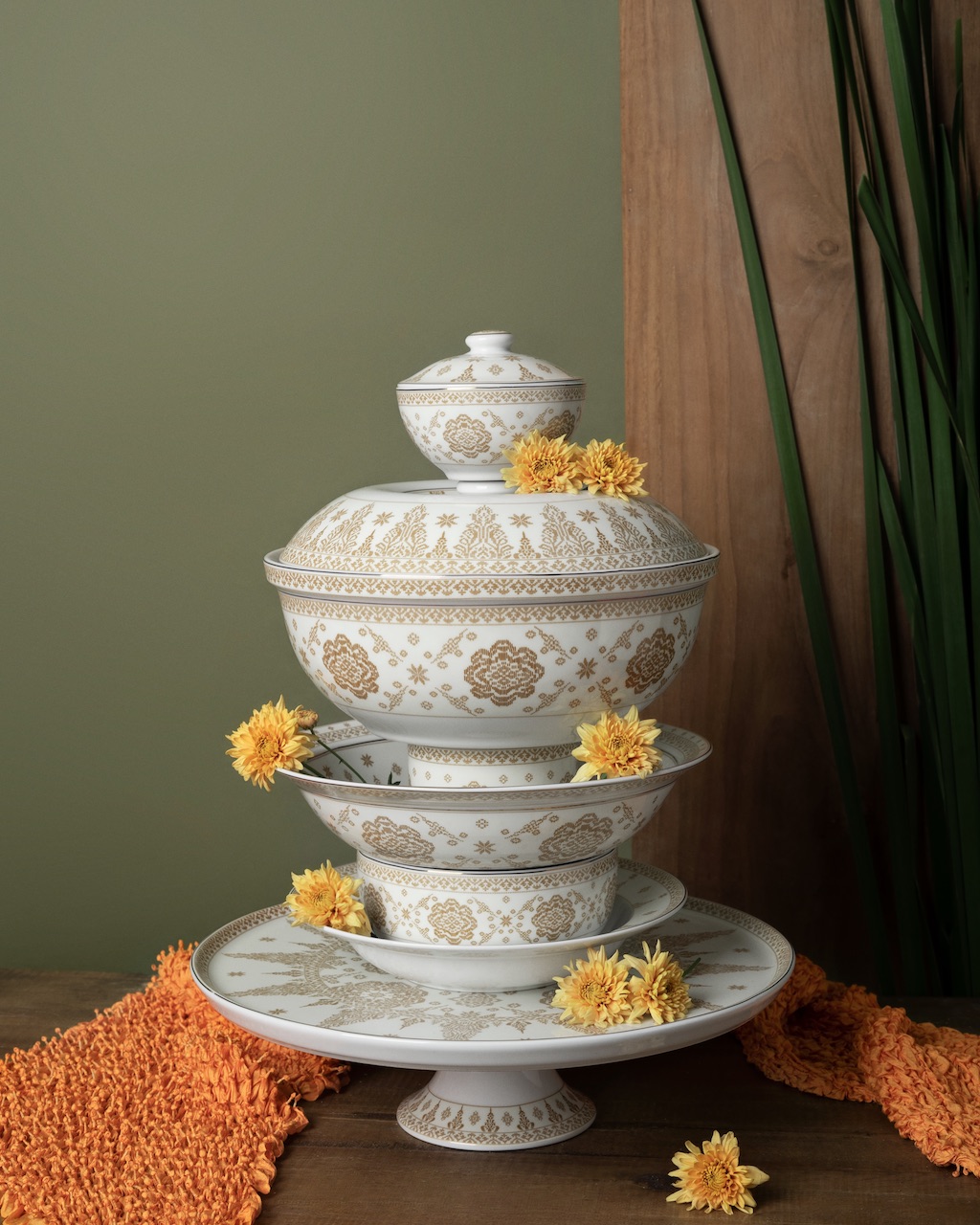
3. Ceramics
Today, many Indonesian ceramics are still made by hand, giving a uniqueness to the designs of each piece. Clay has been used in the country since as far back as 400BCE, while porcelain was introduced in the 1700s with the arrival of Chinese migrants. Across Central Java, clay teapots are still used to brew delicious teh poci (jasmine tea with rock sugar). The village of Kasongan, near Yogyakarta, is known for its traditional pottery and statues – locals say they’ve been making pottery in the area since 1675.
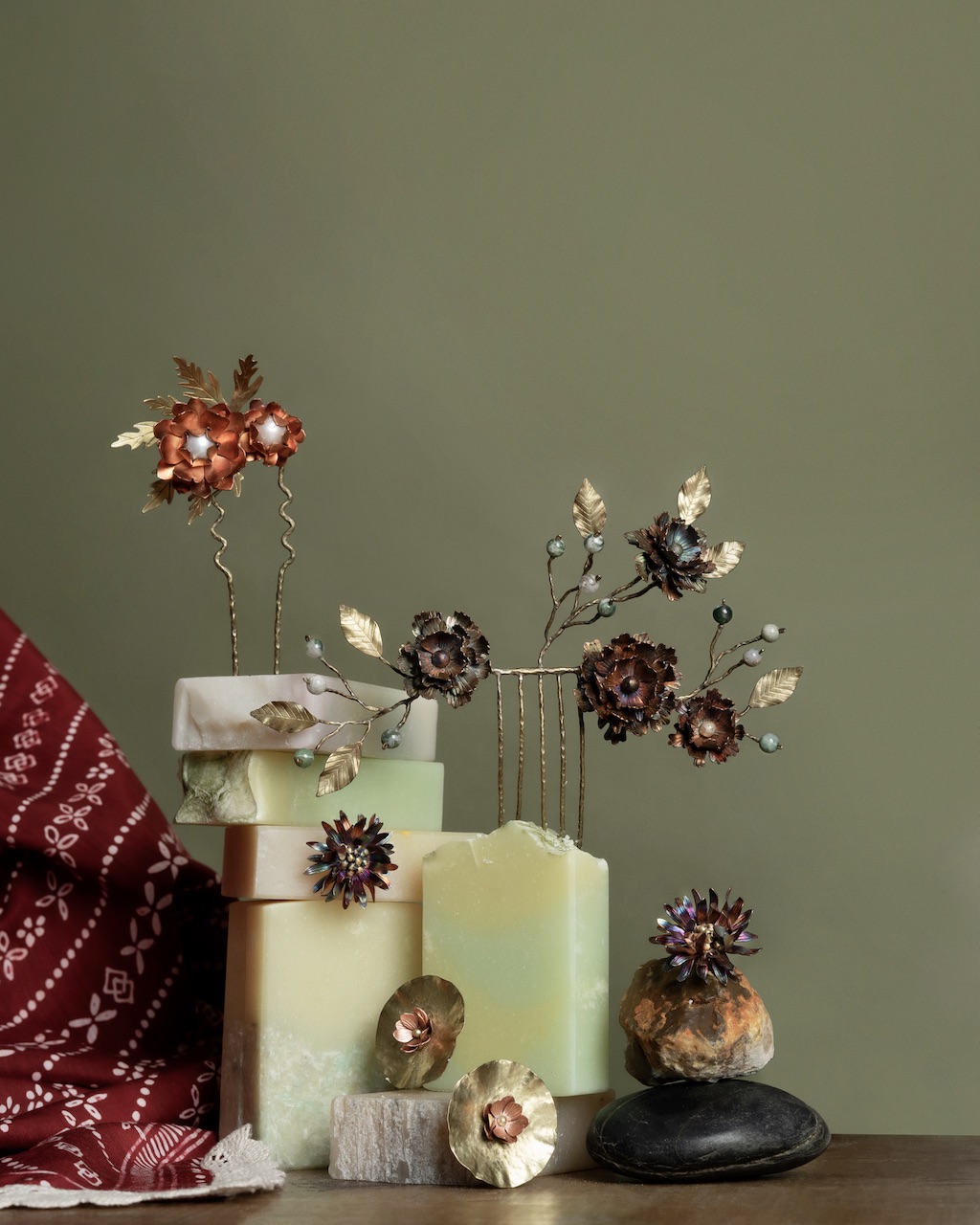
4. Metalwork
Traditional ethnic dress across the Indonesian archipelago often integrates this intricate metalwork, particularly with jewellery and hair accessories designed to complement formal outfits. Long multi-layered necklaces of gold, silver or bronze are often embedded with precious stones. Delicate filigree brooches and hair pins are both practical and beautiful. Minang brides from Sumatra take this one step further and wear giant crowns of gold flowers on their wedding day.
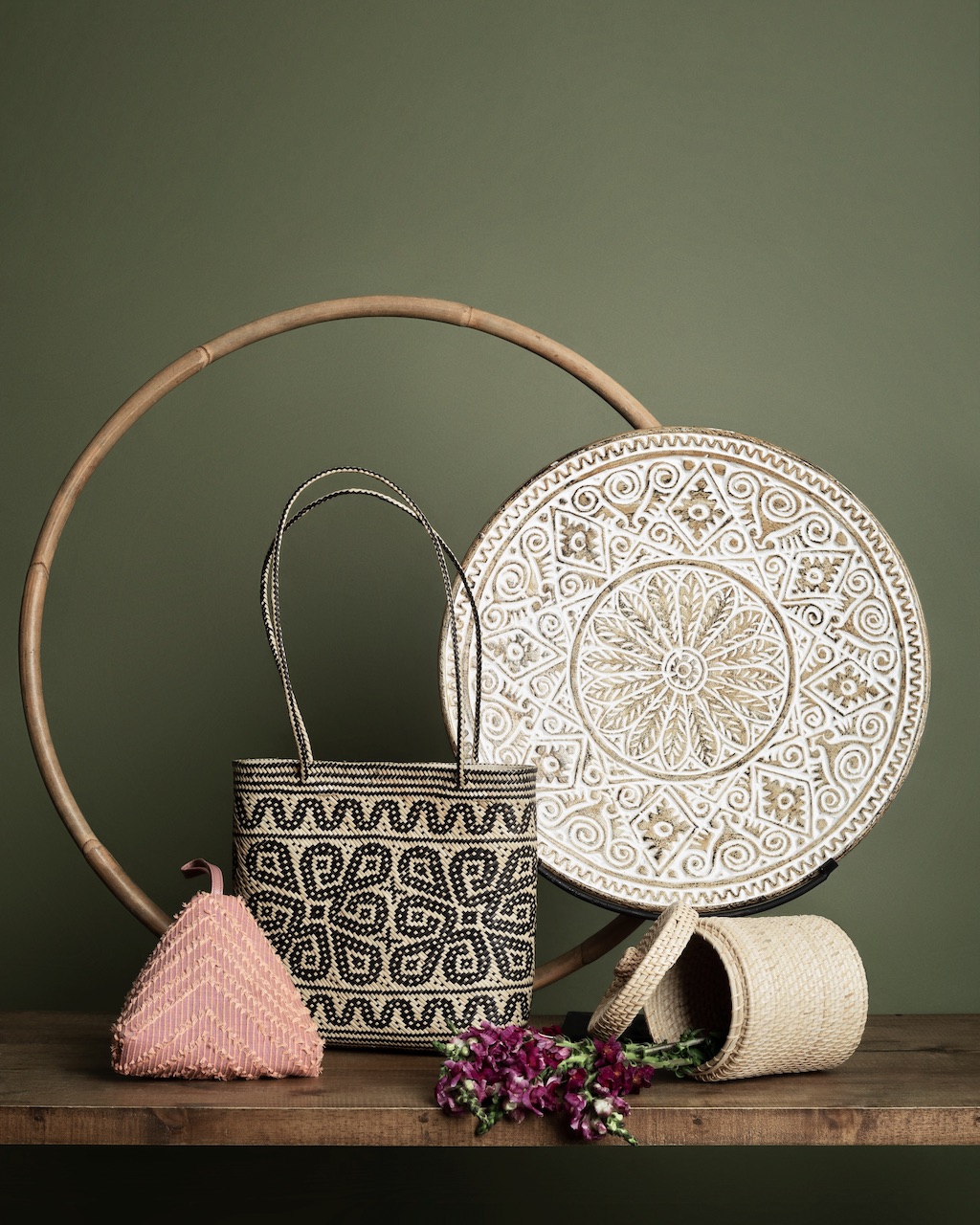
5. Wood carving
With a long history in both daily life and ceremonial use, household items such as chairs, tables, doors and windows are elaborately carved with flowers, leaves and animals throughout the Indonesian archipelago, with each island and ethnic group favouring its own distinctive styles and patterns. Particularly impressive carvings can be found in Toraja, South Sulawesi, where they are brightly painted in red, yellow, black and white, adorning houses, rice storage barns and burial sites.
Featured brands:
Alun Alun Indonesia
Bin House
Du’Anyam
Ghea Panggabean
Kalingga Home Gallery
Kin Soap
Kolek
Litany
Lungsin
Matoa
Sejauh Mata Memandang
Studio Dapur
Suki
Styling by Veronica Arviana
SEE ALSO: An insider’s guide to Jakarta, Indonesia
This article was originally published in the November 2019 issue of SilverKris magazine.
The post A lowdown on Indonesian artisans’ traditional crafts appeared first on SilverKris.
from SilverKris
No comments:
Post a Comment